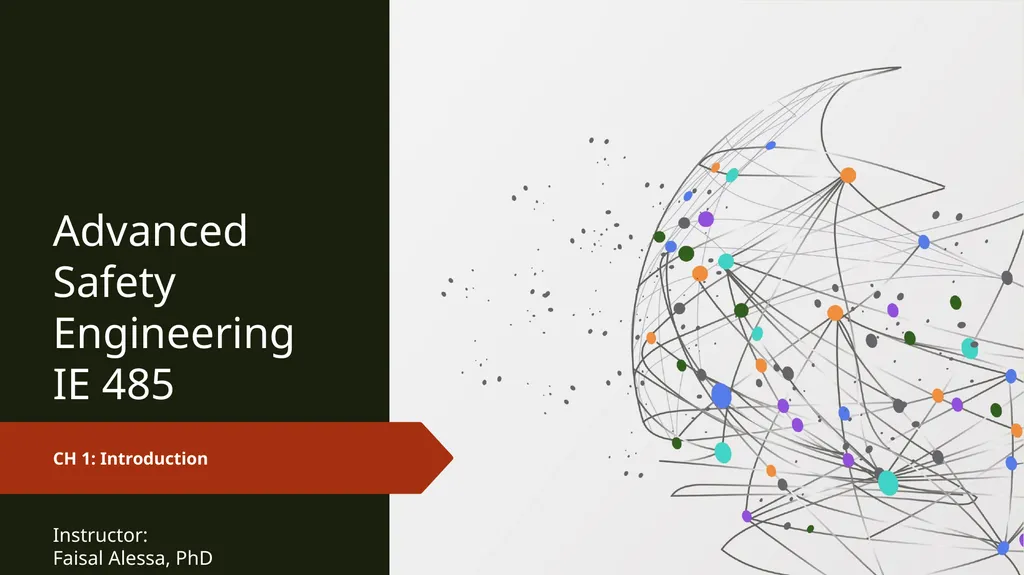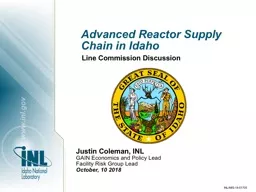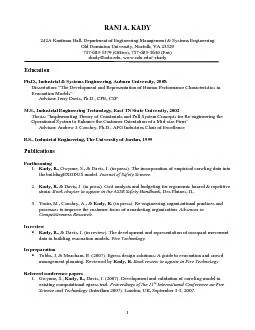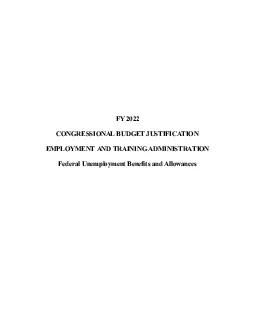
Author : natalia-silvester | Published Date : 2025-08-06
Description: Advanced Safety Engineering IE 485 CH 1: Introduction Instructor: Faisal Alessa, PhD WHY DO WE NEED SAFETY ENGINEERING? 1. Hazards are every where! Natural disasters Man-made disasters Examples: An accident at a plant in Bhopal, India, inDownload Presentation The PPT/PDF document "" is the property of its rightful owner. Permission is granted to download and print the materials on this website for personal, non-commercial use only, and to display it on your personal computer provided you do not modify the materials and that you retain all copyright notices contained in the materials. By downloading content from our website, you accept the terms of this agreement.
Here is the link to download the presentation.
"Advanced Safety Engineering IE 485 CH 1:"The content belongs to its owner. You may download and print it for personal use, without modification, and keep all copyright notices. By downloading, you agree to these terms.













